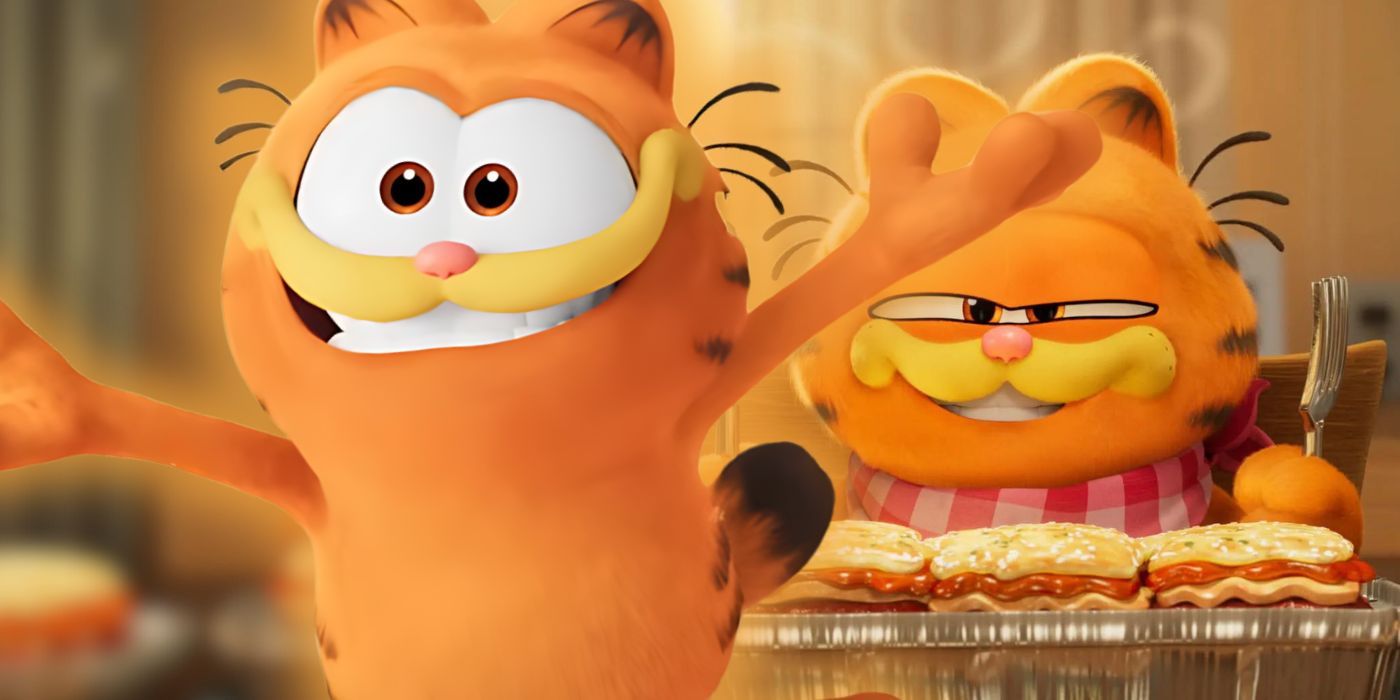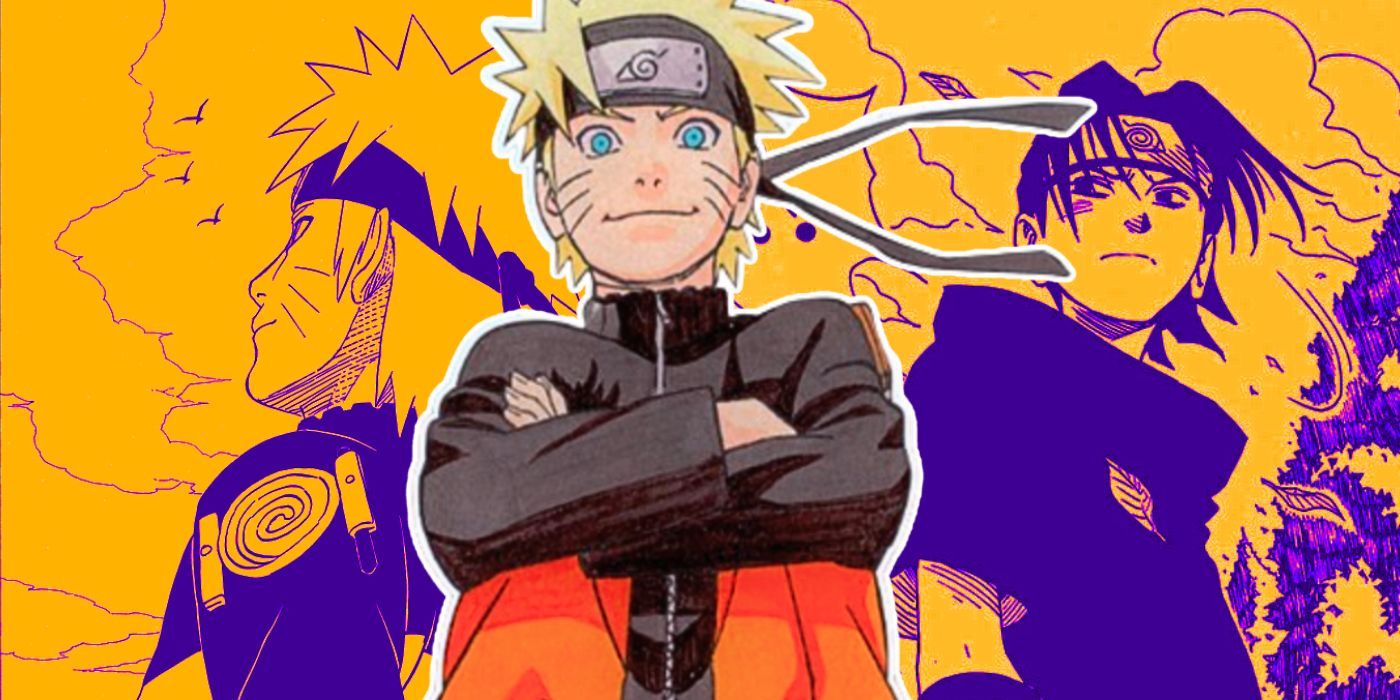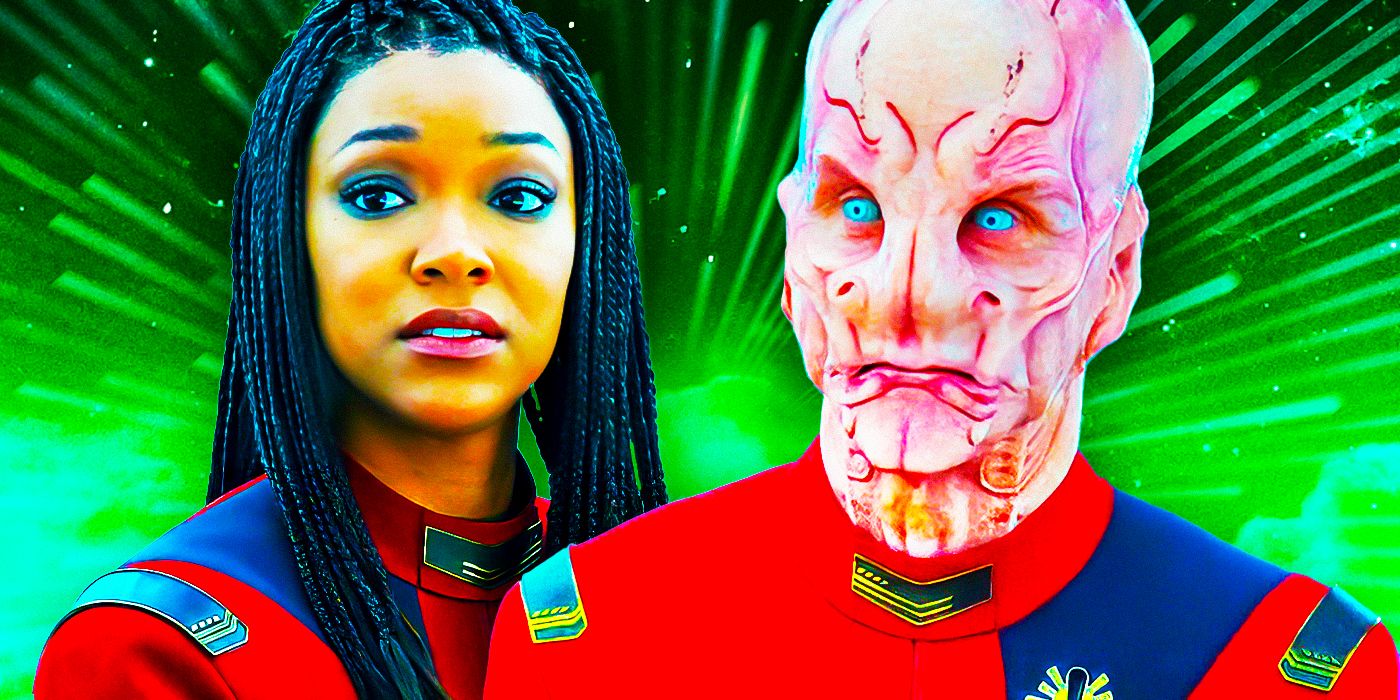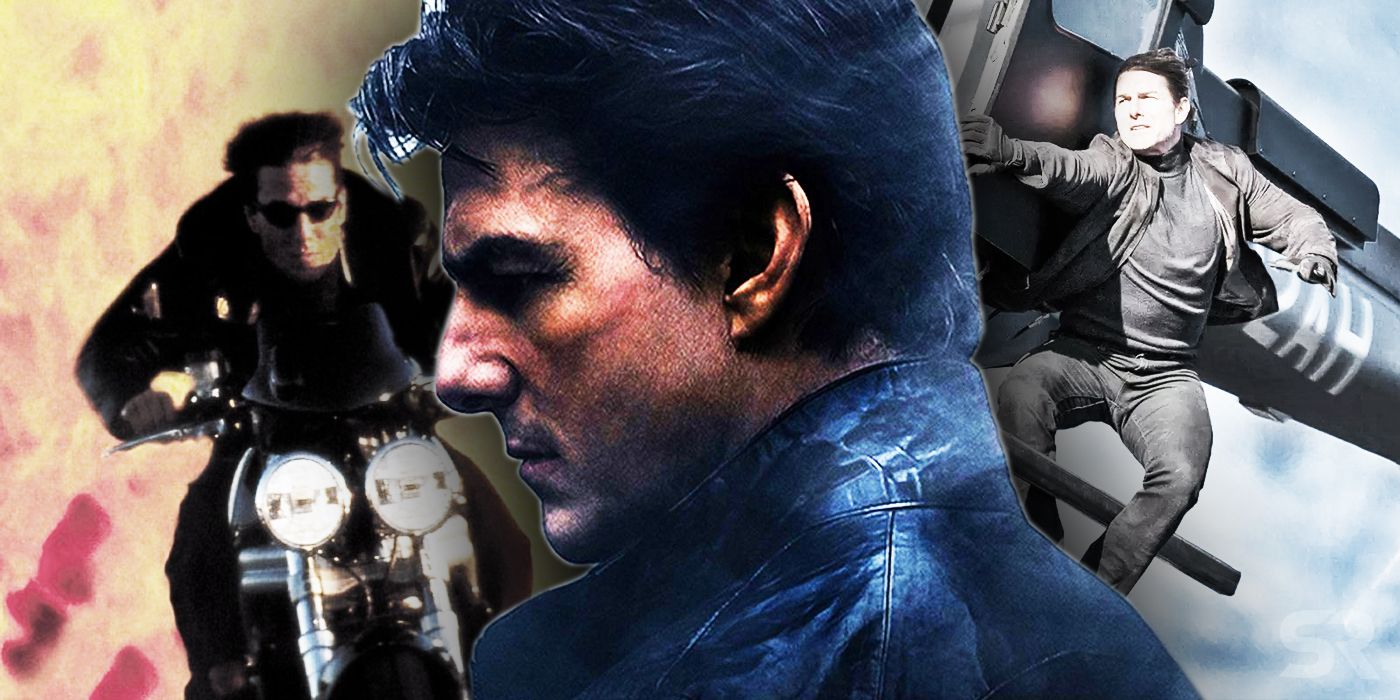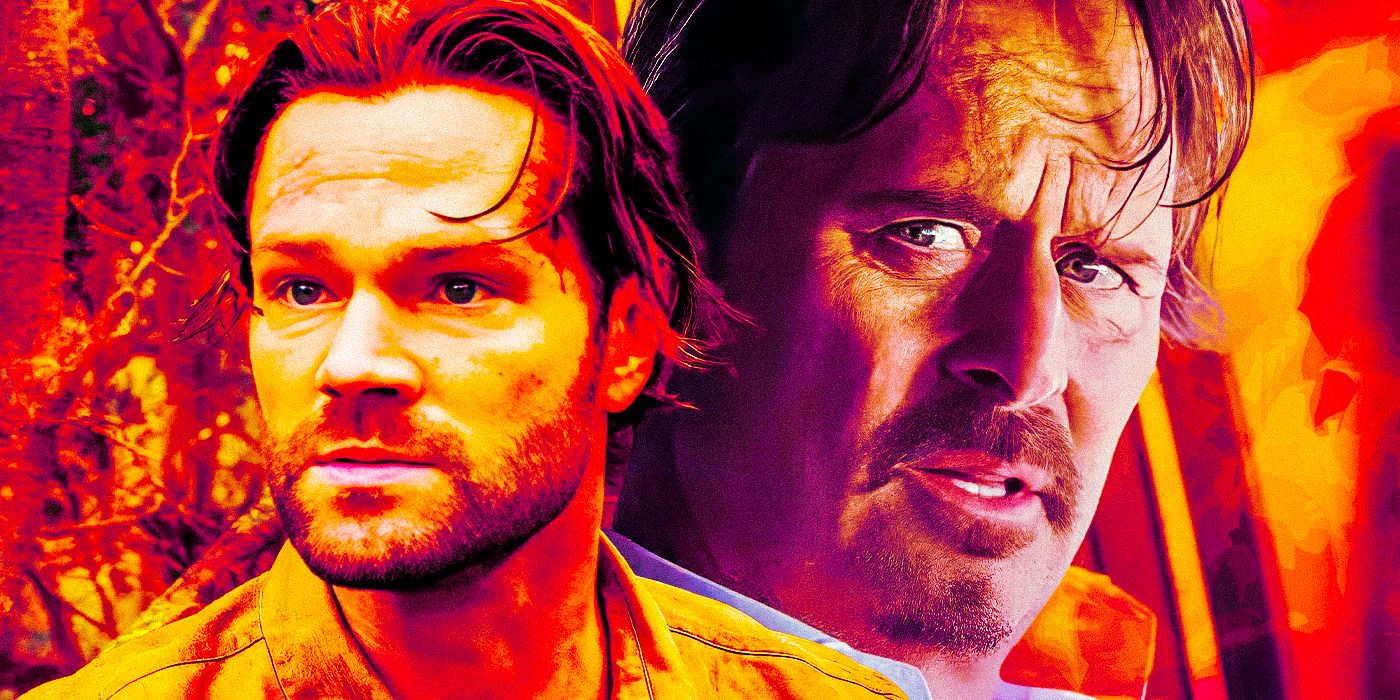Early on in Breaking Bad, viewers get a glimpse of Jesse Pinkman’s superhero designs and, according to one convincing fan theory, each of the characters represents an element of his personality. Breaking Bad is a hard show to overanalyze. The darkly comic crime drama was one of the more heavily planned and densely written hits of the Prestige TV era, with most episodes foreshadowing later outings as Breaking Bad constantly built on its recurring motifs.
Where a lot of Breaking Bad’s clever setups paid off at the level of the show’s story, some of the show’s subtler touches underlined elements of character instead. For example, one season 2 episode sees Walt’s partner in crime Jesse Pinkman outline his superhero designs to his landlady Jane in a rare moment of unguarded enthusiasm. These drawings, at least according to one fan theory, outline many of Jesse’s formative flaws and the traits that will define his characters.
According to a theory outlined by one Reddit user, the drawings that Jesse shows Jane are literal embodiments of his metaphorical shortcomings. Much like later superhero spoof, The Boys used superpowers as stand-ins for real-life character flaws, Jesse’s drawings betray his problems through an analysis of each of their strengths. There is a gliding superhero whose power is that he never touches the ground — a fitting analogy for both Jesse’s tendency to constantly get high and avoid reality, and his inability to firmly commit to anything from a relationship to a criminal enterprise. There’s also a kangaroo-man hybrid which can be seen to literalize Jesse’s codependency issues and his unpredictable nature, as well as a character whose only ability is to run backward at impossible speeds, highlighting Jesse’s inability to face confrontation and his constant desire to escape.
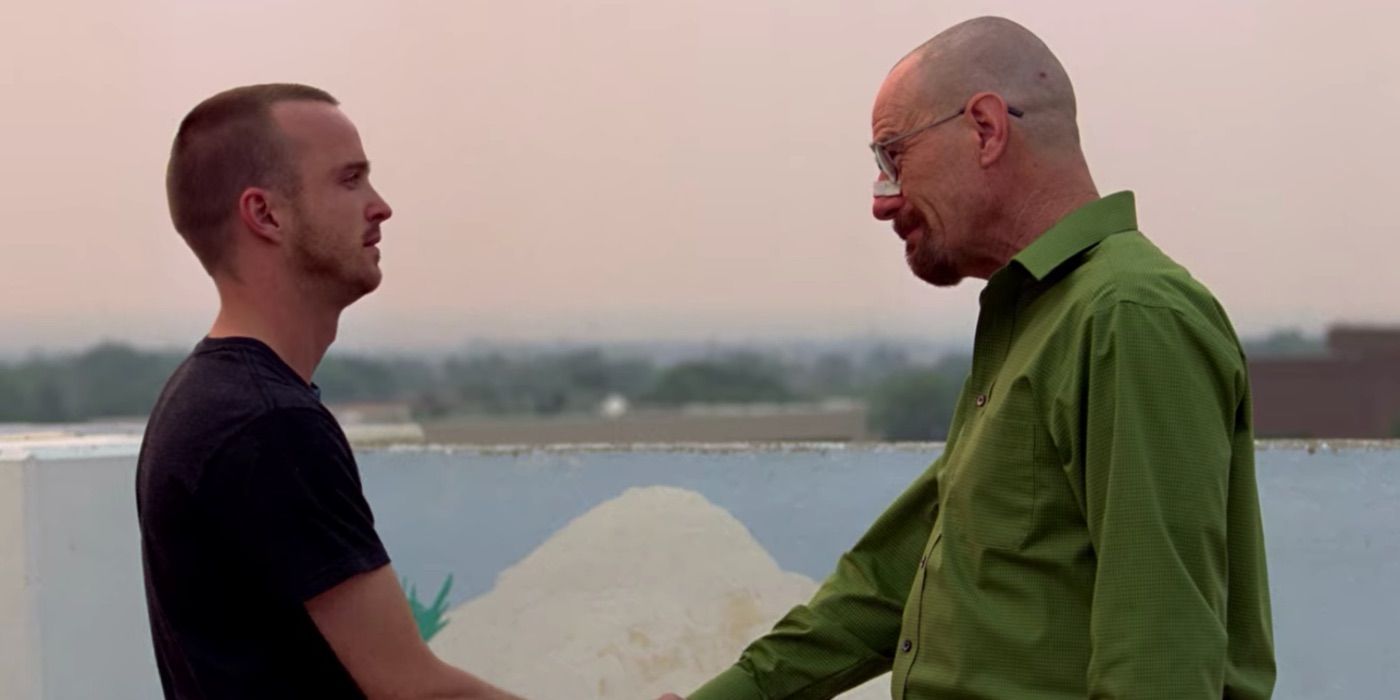
Jesse’s primary problems and the issues that he outgrows over Breaking Bad’s five seasons are outlined in this exchange. As Jesse becomes more responsible and self-sufficient, the character gradually grows past the need to idealize fantasies of escape, maintaining distance from his reality, and turning his co-dependency into a strength. However, later episodes do see Jesse return to these strategies when at a low ebb. For example, one grim season 5 scene lends credence to this Breaking Bad fan theory in brutal fashion.
After opening on a patient, mature Jesse carefully constructing an artisan wooden box, one Breaking Bad season 5 episode then cruelly cuts to the reality of the scene as an unshaven, unkempt Jesse produces meth for his Neo-Nazi captors. It is a brutally dark twist, and one that proves Breaking Bad did foreshadow Jesse’s inability to confront reality three seasons earlier by introducing viewers to his team of imaginary superheroes. This scene lends further confirmation to the fan theory that the trio of characters is intended to represent the codependence, delusional thinking, and emotional distancing that Jesse relies upon and eventually outgrows across the five seasons of Breaking Bad.

